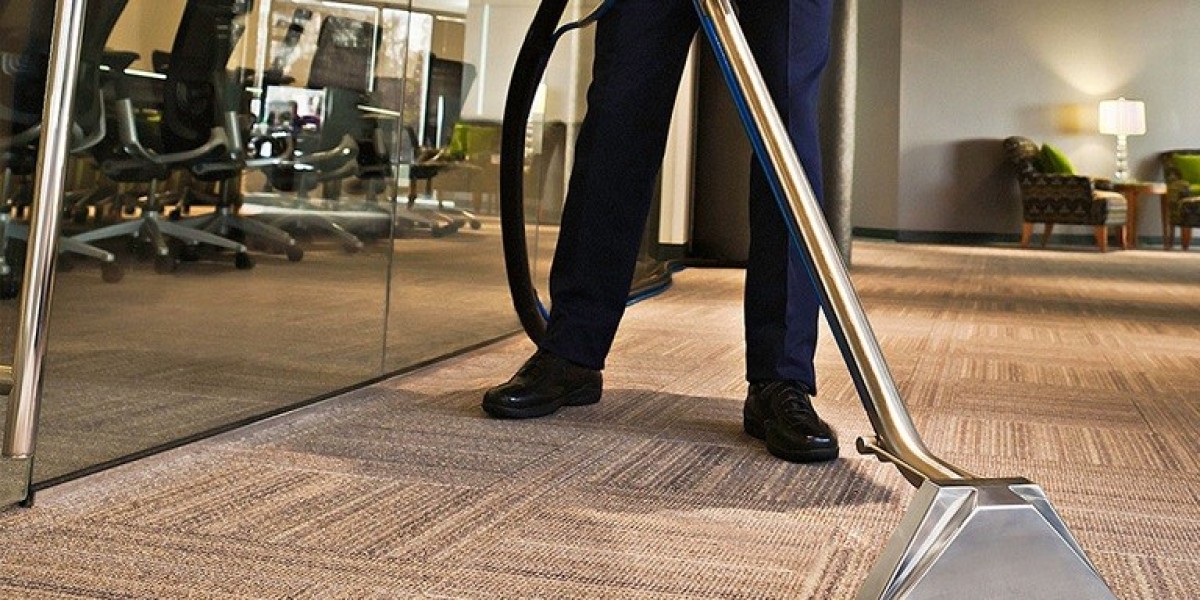Carpets are a popular flooring choice in many homes and commercial spaces due to their aesthetic appeal, comfort, and insulation properties. However, carpets are also prone to dirt, stains, and allergens, which can affect indoor air quality and the overall health of the occupants. Regular carpet cleaning is essential not only for maintaining the appearance of carpets but also for prolonging their lifespan and ensuring a healthy living environment. This report explores various carpet cleaning techniques, their benefits, and practical tips for effective carpet maintenance.

Importance of Carpet Cleaning
Carpets can trap dust, dirt, allergens, and bacteria, which can lead to various health issues, especially for individuals with respiratory conditions or allergies. Regular cleaning helps to remove these contaminants, improving indoor air quality. Additionally, dirt and stains can degrade the carpet fibers over time, CleanPro leading to premature wear and tear. By investing in regular carpet cleaning, homeowners can maintain the beauty and integrity of their carpets, ultimately saving money on replacements.
Common Carpet Cleaning Techniques
There are several techniques used in carpet cleaning, each with its own advantages and suitability for different types of carpets and stains. The most common methods include:
- Steam Cleaning (Hot Water Extraction):
- Dry Cleaning:
- Bonnet Cleaning:
- Shampooing:
- Encapsulation:
Benefits of Regular Carpet Cleaning
- Improved Air Quality: Regular cleaning removes allergens, dust, and pollutants, leading to better indoor air quality and a healthier environment.
- Extended Carpet Life: By removing dirt and debris that can wear down carpet fibers, regular cleaning can significantly extend the lifespan of carpets.
- Enhanced Appearance: Clean carpets contribute to a more inviting and aesthetically pleasing environment. Regular maintenance helps to maintain color and texture.
- Stain Prevention: Regular cleaning can help to prevent stains from setting in, making it easier to maintain the carpet’s appearance.
- Odor Removal: Carpets can absorb odors from pets, spills, and smoke. Cleaning helps to eliminate these odors, creating a fresher living space.
Tips for Effective Carpet Maintenance
- Regular Vacuuming: Vacuum carpets at least once a week to remove dirt and dust. High-traffic areas may require more frequent vacuuming. Use a vacuum with a HEPA filter for better allergen removal.
- Address Spills Immediately: Blot spills with a clean cloth or paper towel as soon as they occur. Avoid rubbing, as this can spread the stain. Use a suitable carpet cleaner for specific stains.
- Use Mats and Runners: Place mats at entryways and runners in high-traffic areas to reduce the amount of dirt that gets into the carpet.
- Professional Cleaning: Schedule professional carpet cleaning every 12 to 18 months, or more frequently for high-traffic areas or homes with pets.
- Protective Treatments: Consider applying a carpet protector after cleaning to help repel stains and make future cleaning easier.
- Rotate Furniture: Periodically rearranging furniture can prevent uneven wear on carpets and help maintain their appearance.
- Avoid Excess Moisture: Ensure carpets are not overly wet during cleaning, as excess moisture can lead to mold and mildew growth.
Conclusion
Carpet cleaning is an essential aspect of home maintenance that offers numerous benefits, including improved air quality, extended carpet life, and enhanced aesthetics. Understanding the various cleaning techniques and their applications can help homeowners make informed decisions about their carpet care. Regular maintenance, prompt attention to spills, and professional cleaning services are key components of an effective carpet cleaning strategy. By prioritizing carpet cleaning, individuals can enjoy a cleaner, healthier, and more comfortable living environment.







